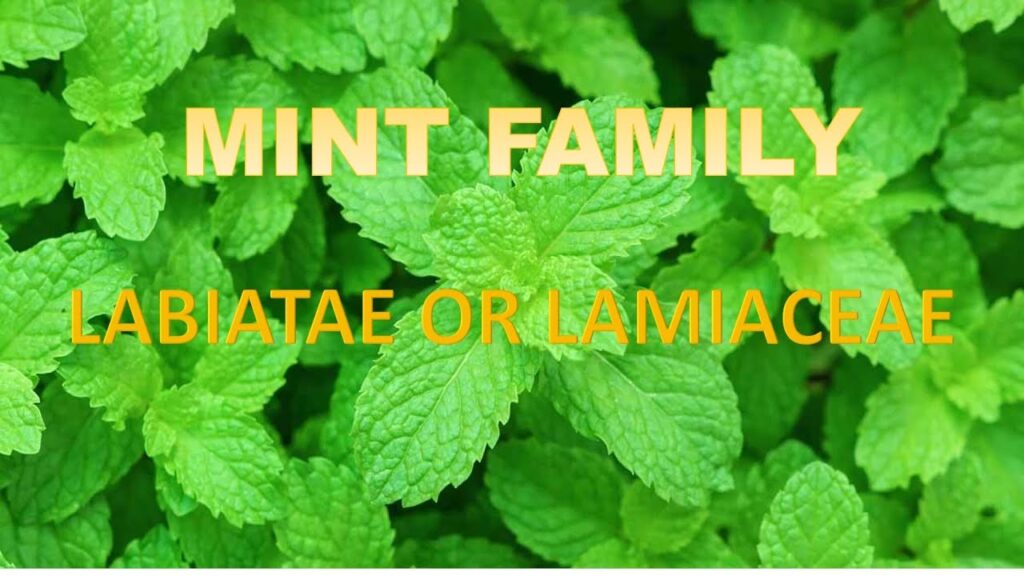- Lamiaceae: The great mint family
- Identification of other plants of the mint family
Lamiaceae: The great mint family
Mint family plant identification may seem like a simple task, but this botanical family is like that traveling aunt who has relatives and friends everywhere: it is extensive, diverse and always leaves a good impression. That’s why recognizing its members becomes quite a challenge for botanists, the curious and lovers of aromatic herbs.”
Square stems and twin leaves
The Lamiaceae group together both annual herbs and perennials, and even some shrubs. So how do you recognize them? Well, let’s start with their look: many of their members have quadrangular stems (yes, four-sided, as if they came out of a pencil box), and simple leaves that grow in opposite pairs.

Snif, snif! The mint family can be recognized by the nose.
But sight is not enough: use your nose! These plants are not at all discreet when it comes to scent. It is enough to crush a leaf or stem to release a strong and very characteristic smell, thanks to its essential oils. That little smell that reminds you of herbal teas, relaxing oils or even pizza… is a key clue.
Stylish flowers (and peculiar symmetry)
The flowers of the Lamiaceae also have their charm. Usually grouped at the tip of the stems or in the axils of the leaves, forming spikes or heads. They are zygomorphic, that is, symmetrical only on one side, like a face looking from the front.
They have a well-defined flower structure:
- 5 fused sepals (open a little at the tip).
- 5 petals joined at the base, forming a tube with two lips: two petals above (upper lip) and three below (lower lip).
- 2 to 4 stamens, often in pairs of different sizes.
- An ovary divided into four parts, which at maturity transforms into four small nuts called nucleophiles.

A flower with high-end architecture!
Golden rule for beginners:
Square stem + opposite leaves + good scent = Mint family
But beware of imitators. Other plants such as salicarias, verbenas and nettles also have square stems and opposite leaves, but they lack the aromatic touch characteristic of the Lamiaceae.
Mint family plant: In the kitchen, a delight!
Thanks to their tasty flavor and a spicy touch, many Lamiaceae have earned a place in your pantry without you even realizing it. We’re talking basil, rosemary, thyme, culinary sage, marjoram, lavender, oregano, savory, lemon balm, peppermint, spearmint and company. In fact, almost half of the common spices come from here – a Michelin-starred family!
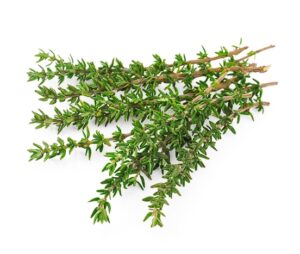
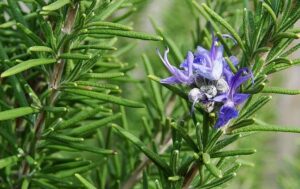
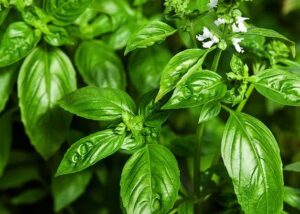

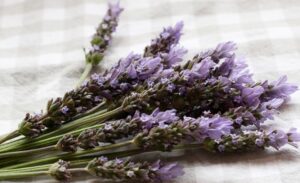
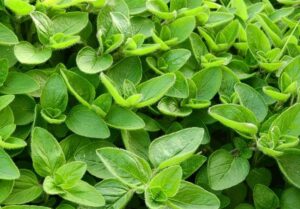
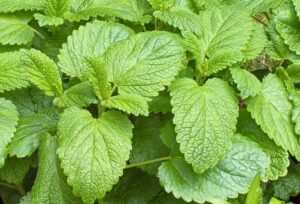
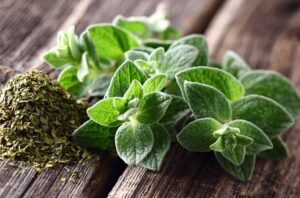


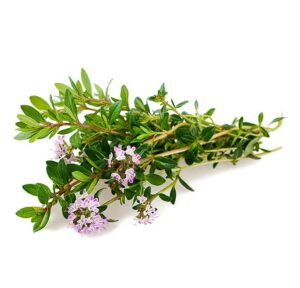
Plants of the mint family with healing powers
Their volatile oils (such as the famous menthol-Plectranthus hadiensis) help relieve coughs, clear airways and more. Many species are diaphoretic (they make you sweat), which can be useful for lowering fever. Some are even used to purify water in rustic situations – not bad for a little garden plant!
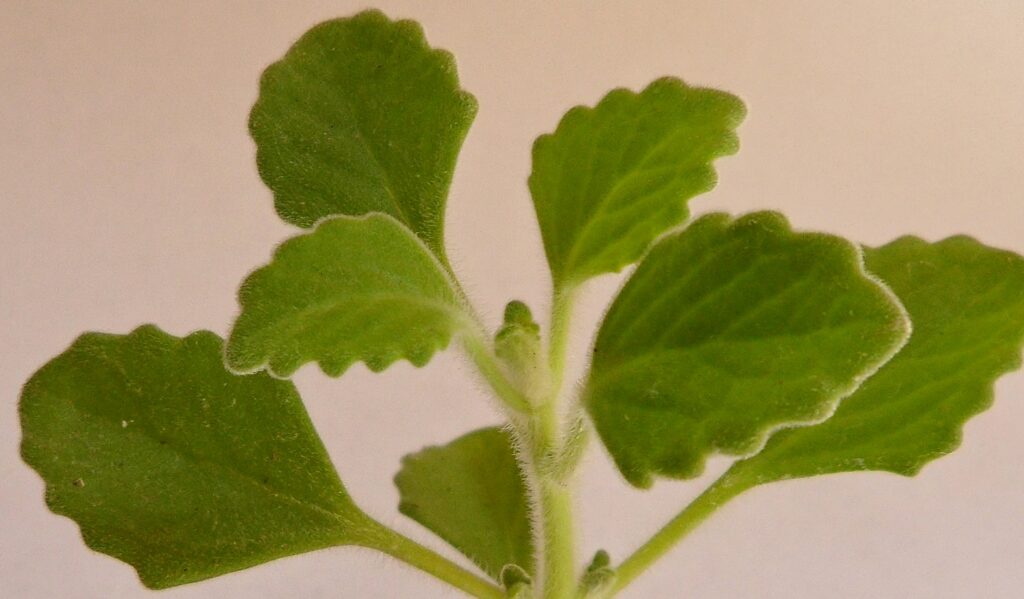
Variety and global presence
Worldwide there are about 3,500 species in some 180 genera, with about 50 in North America alone. Mint for a while! Some, like coleus, stand out for their colors but smell like nothing. Others, like the agastache, have such a powerful scent that they don’t go unnoticed. This variety of shapes, colors and smells makes identifying plants in the mint family an exercise in botanical observation.
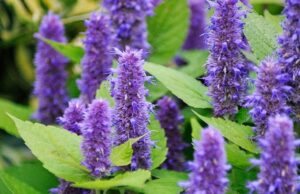
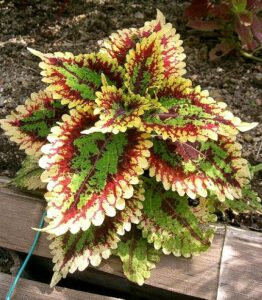
And it’s not all grass: the family also includes the majestic teak (yes, the timber tree), and various shrubs that nurture pollinators and brighten up the environment with their flowers.

Identification of other plants of the mint family
A family rebel: Pennyroyal (Mentha pulegium)
In the wet meadows of the Willamette Valley, there’s a mint that doesn’t mess around: pennyroyal. This species, of European, African and Middle Eastern origin, grows as if no one can stop it. It uses rhizomes (those slippery subway stems) to multiply and appear where you least expect them.

It smells like peppermint, and when you crush a leaf, it releases an intense aroma that smells like an antique with history. In the past it was used as a traditional medicine to regulate female cycles… but be careful: Don’t try it at home.
Pure pennyroyal oil is a strong concentrate of pulegone, which can be up to 90%. Although it has a rich spearmint smell, it can cause nausea and serious health problems. So best, leave it in the garden and admire it with respect.
Prunella vulgaris var. lanceolata- Native Self-Heal

Growth Habit
Low growing perennial forb with solitary stems and fibrous roots or short rhizomes, growing 10 to 50 cm tall.
Leaves
“In swampy areas where wild mint grows, it is common to see species of the Juncaceae family.
Oppositely arranged, cauline, elliptic (almond-like), to lanceolate shaped leaves. Smooth texture with entire, or ever-so-slightly toothed margins.
Stems
Stem is generally erect and branches emerge oppositely. The stem has a square cross-section, which is characteristic of all plants in the mint family.
Flowers
Deep purple and sometimes pink (rarely white), Prunella vulgaris var. lanceolata, inflorescence spikes are 1 to 2 centimeters long with many small flowers arranged in whorls of 6, each whorl subtended by 2 broad bracts.
Flowers blossom progressively along the short, stout spike. Lower flowers are gone once upper ones open. Corollas are bilabiate, comprised of showy, 8-18 mm long, fused, purple petals. The upper lip is curved over four stamens, and the wide margin of the lower lip features a fringed edge.
Fruits
Each flower on inflorescence develops four nutlets.
Ecology
Facultative Upland Species (FACU), found along moist roadsides, fields, forest edges and wetland prairies.
Notes
The genus name “Prunella” originates from a German word for “quinsy,” an folk-term for Peritonsillar abscesses, a complication of tonsillitis, for which it was used as a cure. Native Pacific Northwest communities traditionally used this plant for cuts, bruises and, even, heart issues. Prunella vulgaris var. lanceolata may be confused with a non-native Self Heal (P. vulgaris var. vulgaris), an introduced European plant. They can be differentiated because the invasive variety’s leaves have a 2:1 ratio of length: width, whereas natives have longer, more narrow leaves in a 3:1 ratio.
Lycopus americanus – Cutleaf Water Horehound
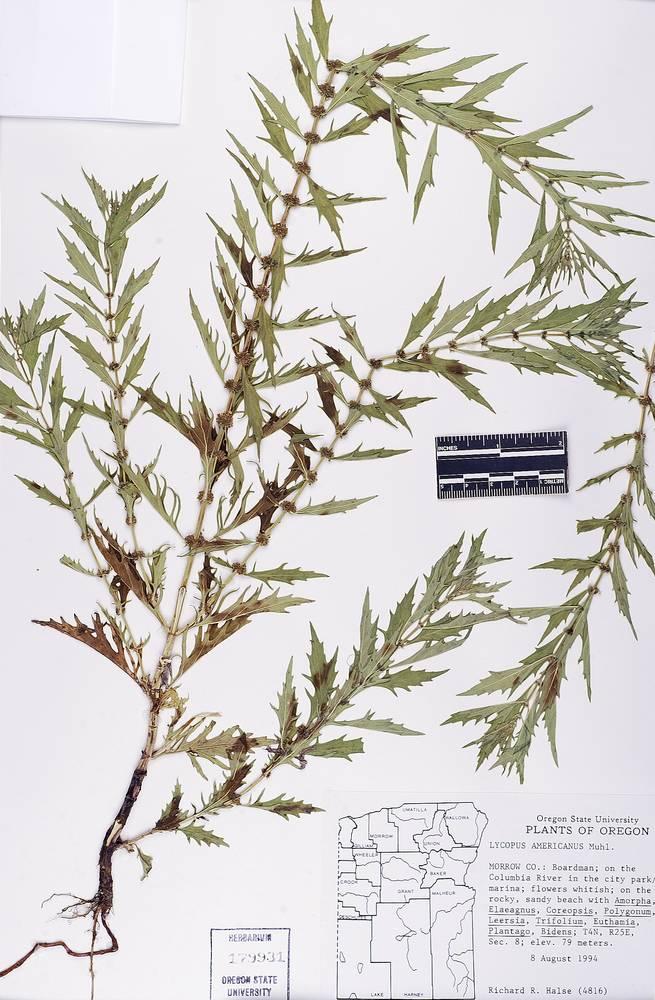
Trichostema lanceolatum – Camphor Weed

This article was validated by:
Bibliographic References:
Elpel, T. J. (2004). Botany in a Day: The Patterns Method of Plant Identification. HOPS Press.
Oregon Native Flora Society, Emerald Chapter
Pleasant, Barbara. “What You Need to Know about Pennyroyal”. Mother Earth News.
“Pennyroyal”. U.S. National Library of Medicine. Retrieved 27 April 2017.
City of Eugene, Seed Collection Manual, Prunella vulgaris, 2009.

